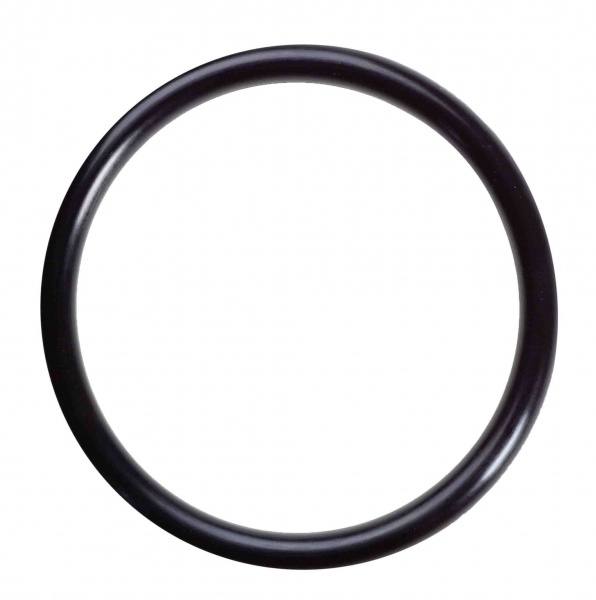An O-Ring, also known as packing or a toric joint, is a mechanical gasket in the shape of a torus; it is a loop of elastomer with a round cross-section, designed to be a seated in a groove and compressed during assembly between two or more parts, creating a seal at the interface.
Their name, as implied, simply refers to a classic doughnut or torus shape, and they exist purely to create a better, more leak-proof seal between two other components, with aim usually being to prevent the unwanted escape of gases or liquids.
The O-Ring generally made of some form of elastomer sits in the join between these two parts and becomes compressed to help for a tight seal.
O-Rings are very commonly found in pumps, cylinders, connectors, and valves, helping to seal joints between separate parts and prevent leaking of fluids and gases. They`re used with static, dynamic, hydraulic, and pneumatic components, making them an especially versatile solution to a very widespread engineering use.
One of the key strengths of an O-Ring type seal is that after the parts it joins are disconnected and the compression forces acting on it are removed; it will return to its original shape. Over time, repeating this process will start to have an effect on the resilience and uniformity of the materials and the torus shape of the seal, and ultimately the O-Ring will need swapping out for a new one if the seal is to remain tight.
The O-Ring manufacturing process is relatively straightforward, and the specifics of any given O-Ring design and production run generally consider required quality, quantity, application environment, cost-effectiveness, chemical and pressure compatibility, longevity, and lubrication requirements.
O-Ring manufacture usually relies on techniques like compression, transfer, or injection molding, machining, or extrusion. There is any number of high-performance materials used in the production of O-Rings, ranging from Nitrile and Silicone rubber to Fluorocarbons, metals, and more.
All industrial O-Ring Purchases should be carefully planned with direct reference to the specific role and environment the seal is required to perform in. However, as a rough guide to O-Ring temperature rating and use limits, some of the more popular materials on sale generally operate with the following sort of temperature ranges:
- Nitrile; Anywhere from -50 to 120 C
- Hydrogenated Nitrile; Anywhere from -45 to 150 C
- Polyacrylate; Anywhere from -25 to 175 C
- Ethylene-Propylene; Anywhere from -50 to 135 C
- Chloroprene; Anywhere from -40 to 120 C
- Butyl (Petroleum Compound) ; Anywhere from -55 to 205 C
- Fluro silicone; Anywhere from -60 to 205 C
- Fluorocarbon; Anywhere from -25 to 205 C
Chemical Compatibility:
